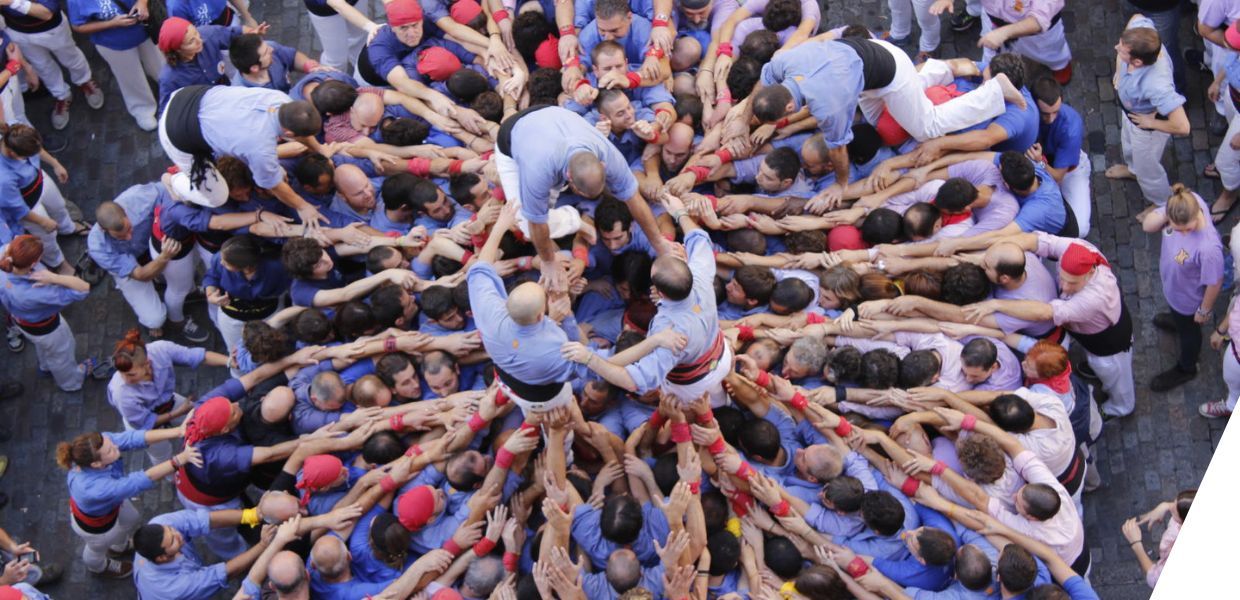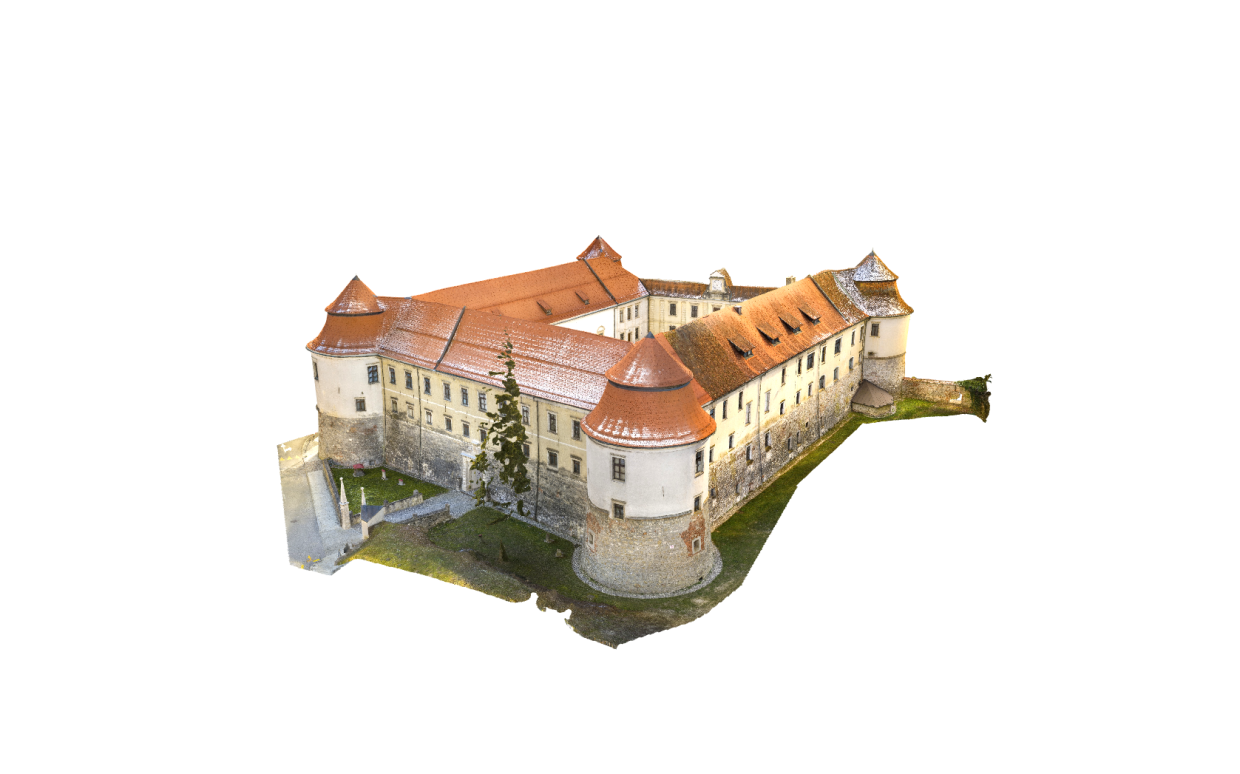WEAVE (Widen European access to cultural communities via Europeana) was a Europeana Generic Services project co-funded by the European Commission through the CEF Telecom programme. Starting in April 2020 and running until September 2022, the project developed a framework to link the tangible and intangible heritage of cultural communities.
WEAVE focused on three main areas, including building capacity in cultural heritage professionals to work with minoritised communities, and support them in preserving and presenting their intangible heritage; aggregating new high-quality content into Europeana, including 3D content and content representing intangible heritage; and providing an innovative set of tools that allow professionals to better manage 3D content, annotate videos, automatically enrich content and create digital stories.
Representing communities with new content and editorials
The WEAVE project saw new tangible and intangible cultural heritage content digitised and aggregated to Europeana, including built heritage, artworks, posters, historical photographs and representation of traditional practices from different communities. Content includes images,videos, audio files and a selection of 3D content that comprises existing models of Slovenian castles, which were digitised by partner ARCTUR. The project also aggregated reproductions of fragile daguerreotypes, specifically digitised in the context of WEAVE by partner CRDI, at top quality and published with open access.
The digitisation was performed with photogrammetry to obtain 3D reproductions of the daguerreotypes. This process posed a number of challenges to achieve the best visual results for the digitised objects. From this experience, a case study was written to share the knowledge and solutions developed in WEAVE with other institutions, to support capacity building around 3D digitisation of cultural heritage. Explore all the collections here.
This new content shared with Europeana has been showcased in inspiring new editorials on the Europeana website, such as the exhibition The Renaissance of Romani Re-presentation, which explores the histories of Roma communities and highlights their contemporary artistic expressions. This unique exhibition was authored by Dr Adrian R Marsh, a professor of Romani Studies, himself of Welsh Gypsy origins, and increases the self-representation in Europeana editorial from underrepresented voices and communities. A corresponding Pro news piece was published alongside the exhibition, which further reflected on the vulnerability of the Roma community in the cultural heritage sector as well as the value for them of working with Europeana to amplify their voices.



